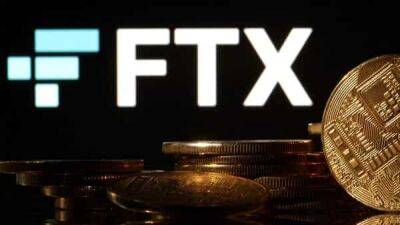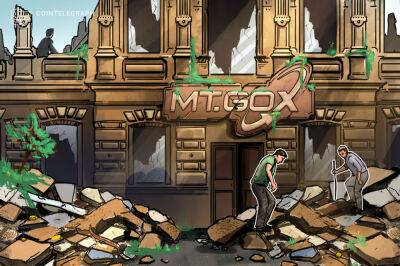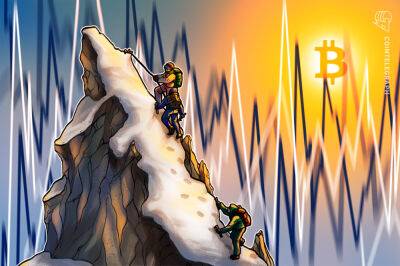Bitcoin miners send less BTC to exchanges since 2020 halving despite FTX
Bitcoin (BTC) miners may be sending more BTC to exchanges this month — but overall, their sales have crashed since 2020.
Data from on-chain analytics platform CryptoQuant confirms that daily miner transfers to exchanges have decreased by two thirds or more.
After BTC/USD lost 25% in days last week, existing concerns over miner solvency have heightened.
Given their cost basis and rising hash rate, commentators warned that many mining participants may not be able to make ends meet — block subsidies and fees would not be enough to cancel out expenses, chiefly electricity.
Network fundamentals, however, tell a curious story — hash rate continues to circle all-time highs and not fall significantly, indicating that at least certain miners are maintaining network hashing power, not shutting down operations en masse.
CryptoQuant meanwhile shows that on a daily basis, miners are not desperately selling coins to cover the shortfall in revenue.
On Nov. 8, the day of the FTX blowout, flows from miner wallets to exchanges totaled 1,300 BTC. This was the largest single-day tally since September.
Overall, the period of the FTX debacle has seen comparatively modest increase in selling compared to other spikes this year. Miners sent 4,540 BTC to exchanges on Sep. 2, while on June 22, around the time that BTC/USD dipped to then two-year lows of $17,600, the day’s total was 5,729 BTC.
Zooming out, the picture becomes even more nuanced.
Since Bitcoin’s last block subsidy halving event in May 2020, miners have significantly reduced their daily exchange sales.
Around the time of the halving, the seven-day moving average of miner exchange deposits was around 1,200 BTC per day.
The number varied significantly from day to day, but overall, what is
Read more on cointelegraph.com




















